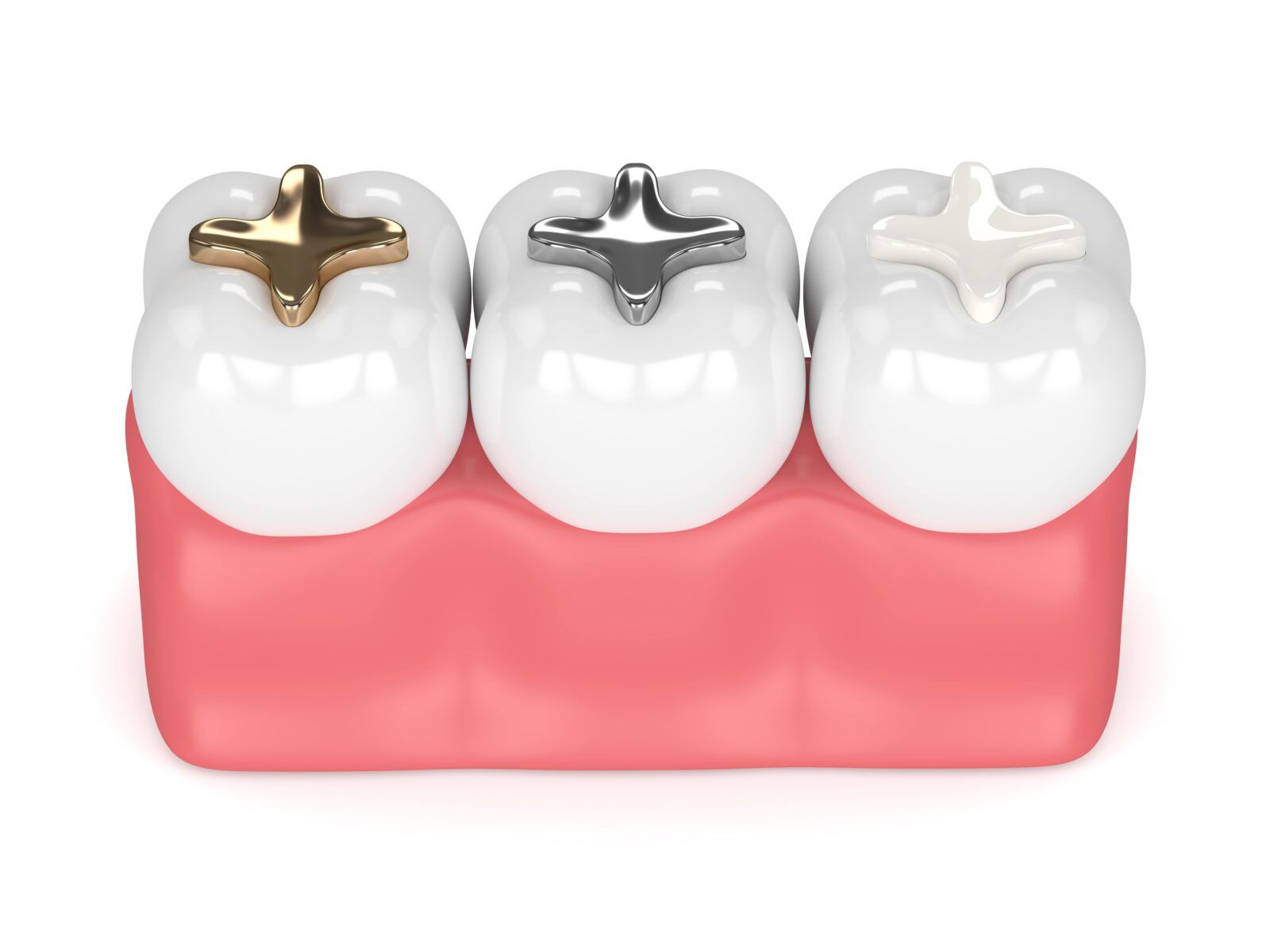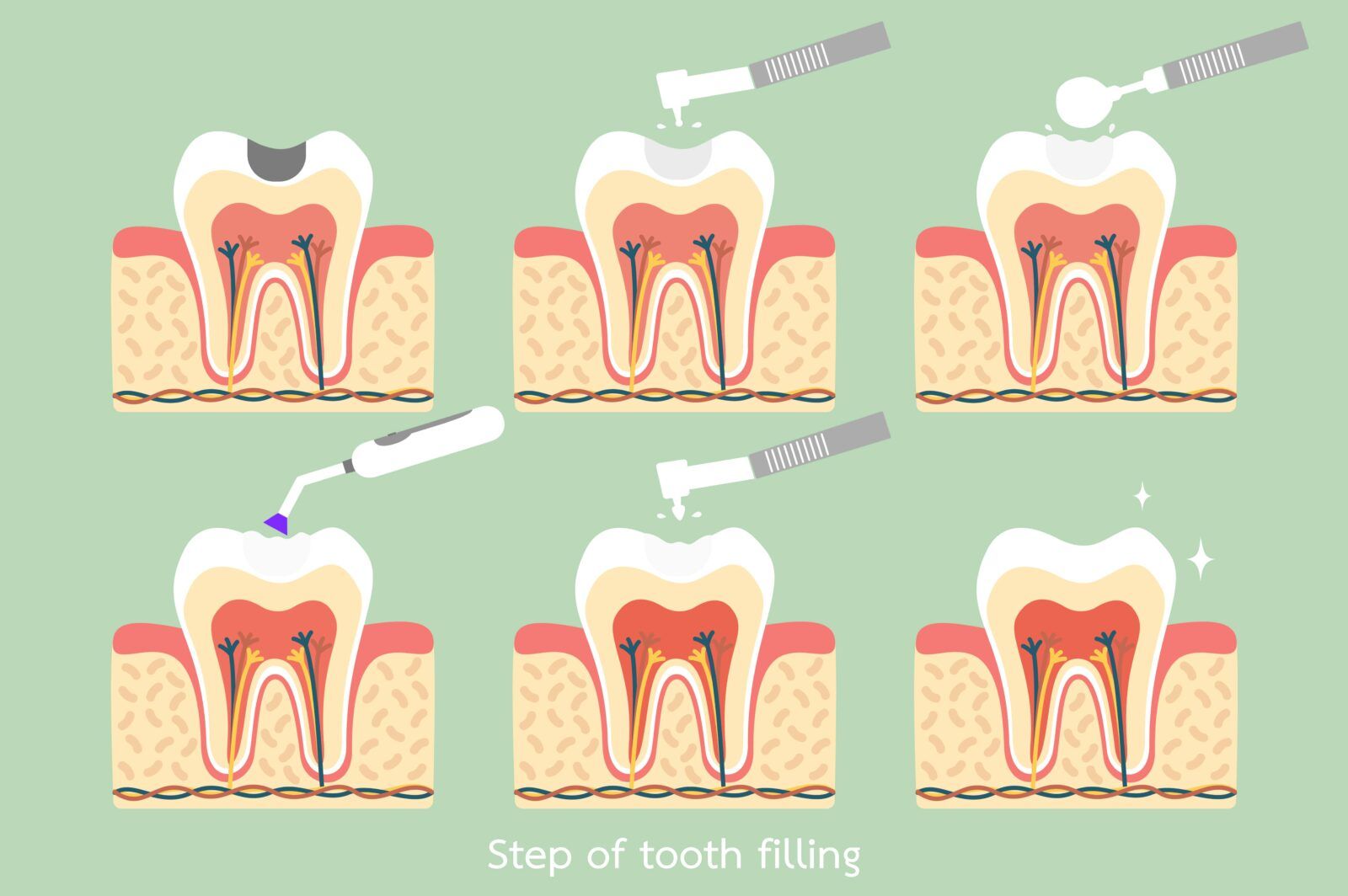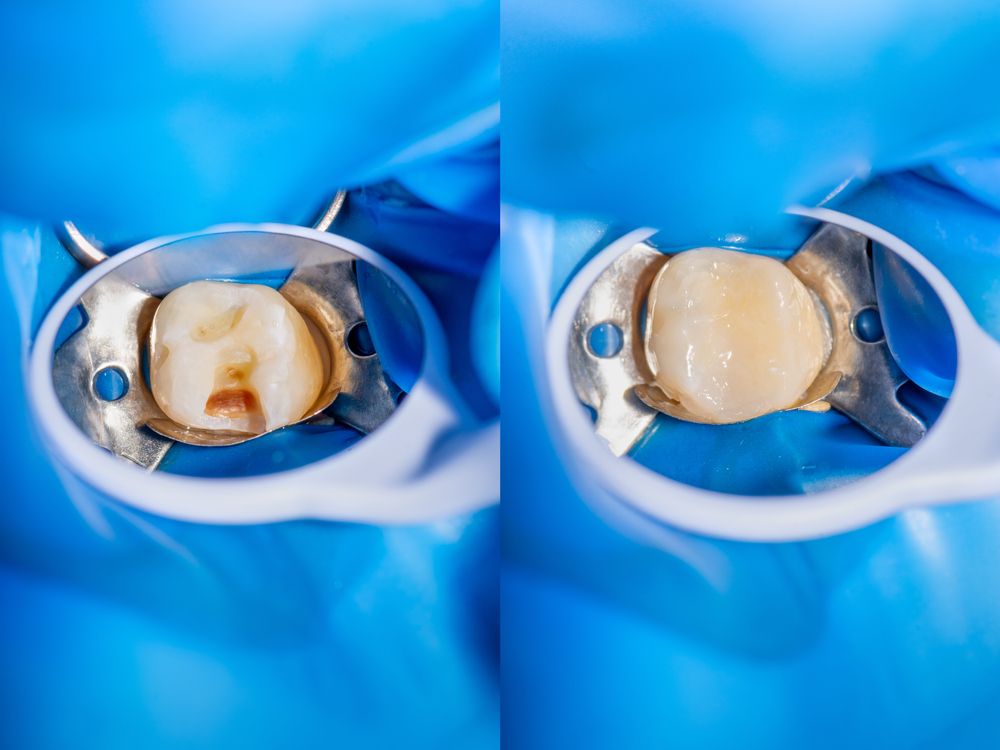When it comes to maintaining good oral health, dental fillings play a crucial role in treating cavities and restoring damaged teeth. These versatile restorative materials not only prevent further decay but also restore the functionality and aesthetics of your smile. In this blog, we will delve into the world of dental fillings, exploring how they are placed in the mouth and the different types available.
What are Dental Fillings?
Dental fillings are commonly used to treat cavities, which are caused by tooth decay. They are designed to fill the void created by decayed or damaged tooth structure, restoring the tooth’s shape, strength, and function. Fillings also help to prevent further decay by sealing off the area, inhibiting the growth of bacteria.
There are different types of dental fillings, including:
Amalgam Fillings:
Amalgam fillings, often referred to as “silver fillings,” have been used for over a century. They consist of a mixture of metals, including silver, tin, copper, and mercury. Amalgam fillings are durable, cost-effective, and can withstand the forces of chewing. However, their silver color makes them more noticeable, which may be a concern for patients seeking a more natural-looking option. For this reason, many dentists are moving away from using amalgam fillings and instead recommend composite fillings.
Composite Fillings:

Composite fillings, also known as “tooth-colored” or “white fillings,” are made of a mixture of glass or quartz filler particles and a resin matrix. These fillings can be precisely matched to the color of your natural teeth, providing an aesthetically pleasing result. Composite fillings bond directly to the tooth structure, preserving more of the natural tooth compared to amalgam fillings. They are ideal for small to medium-sized cavities and are particularly popular for filling front teeth or visible areas.
Ceramic Fillings:
Ceramic fillings, often called inlays or onlays, are custom-made restorations created in a dental laboratory. They are crafted from durable porcelain or ceramic materials and are known for their natural appearance. Ceramic fillings are stain-resistant and can be color-matched to your teeth. They are typically used for larger cavities or when the damage is too extensive for a composite filling.
Placing Dental Fillings:
The process of placing dental fillings usually involves the following steps:
Numbing the Area:
To ensure your comfort, a local anesthetic will be administered near the tooth requiring treatment. This will numb the area, preventing any pain or discomfort during the procedure.
Removing the Decay:
Using a dental drill or laser, your dentist will carefully remove the decayed portion of the tooth. This step is crucial to eliminate any bacteria or compromised tooth structure, creating a clean and healthy foundation for the filling.
Tooth Preparation:
Once the decay is removed, the dentist will shape the cavity by cleaning and etching the tooth surface. This step ensures a better bond between the filling material and the tooth. In cases where a ceramic filling is being placed, the dentist will shape the remaining tooth structure to create space for the ceramic filling. This may involve removing additional areas of enamel or dentin to ensure proper fit and stability of the restoration.

Placing the Filling:
For amalgam fillings, the material is mixed and packed into the prepared cavity. After allowing the amalgam to harden, any excess is trimmed, and the filling is polished. Composite fillings are applied in layers, with each layer being hardened using a special light. The dentist sculpts and shapes the filling material to match the tooth’s natural contours. Ceramic fillings are created in the dental laboratory and then bonded to the tooth using a strong dental adhesive.
Finishing Touches:
Once the filling is placed, your dentist will check your bite and make any necessary adjustments to ensure proper alignment with the opposing teeth. The filling is then polished, giving it a smooth surface and a natural appearance.
In Conclusion:
Dental fillings are a versatile and effective solution for treating cavities and restoring damaged teeth. Whether you opt for amalgam, composite, or ceramic fillings, each type has its unique advantages. By understanding the process of placing dental fillings, you can feel more informed and confident when discussing your treatment options with your dentist. Remember, maintaining good oral hygiene practices and regular dental check-ups are essential for preserving the longevity of your dental fillings and overall oral health.






